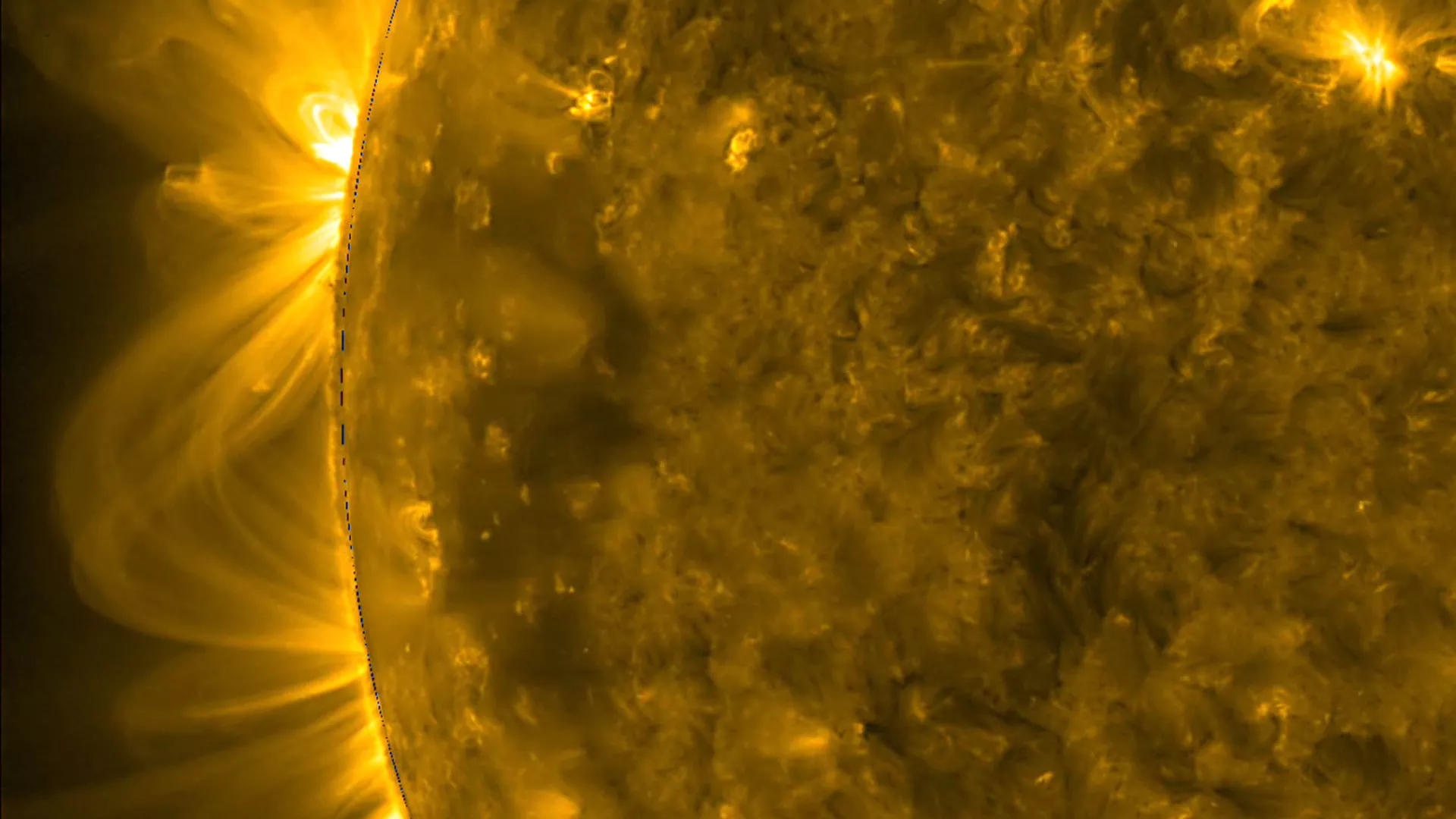
Our closest star, the Sun, has once again reminded us of its dynamic nature. Space observatories are reporting a significant energy surge emanating from a specific locale on its surface – Active Region 4197. This isn`t just a faint flicker; a series of moderate M-class solar flares are now underway, keeping solar astronomers on their toes, though thankfully, not in a state of panic.
Understanding the Solar Spectacle
According to researchers at the Laboratory of Solar Astronomy, part of the Institute of Space Research (IKI) of the Russian Academy of Sciences, Active Region 4197 experienced a “noticeable jump in energy release” approximately two hours prior to their announcement. What followed was a cascade of M-class flares, which, in the grand scheme of solar fireworks, sit comfortably in the middle tier.
- C-class flares: Small and common, with minimal Earth impact.
- M-class flares: Medium-sized, capable of causing minor, brief radio blackouts in the polar regions and occasional minor radiation storms. These are what we`re seeing now.
- X-class flares: The largest, often leading to widespread radio blackouts, long-lasting radiation storms, and spectacular auroras.
So, while an M-class flare isn`t a planet-scorch, it`s certainly enough to grab the attention of those tasked with monitoring our star`s often capricious behavior.
Localized Luminescence, Not a Global Gala
Crucially, the scientific community emphasizes that this current flurry of activity appears to be highly localized. Video observations confirm that the processes are confined to a single patch within Active Region 4197. The broader complex of sunspots remains unperturbed, suggesting that the Sun, for all its might, is exercising a degree of self-control. “No signs of the entire active complex losing equilibrium have been observed so far,” the laboratory confirmed, a statement likely met with collective sighs of relief in observatories worldwide.
In essence, the Sun is having a localized tantrum, not a full-blown meltdown. Think of it as a grumpy neighbor slamming a single door, rather than tearing down the entire house. It’s dramatic enough to notice, but not to call the fire department.
Why Does Active Region 4197 Matter?
Active regions are areas on the Sun characterized by intense magnetic fields, which often lead to sunspots, solar flares, and coronal mass ejections (CMEs). Numbering these regions helps scientists track their evolution and potential impact. Active Region 4197 is currently the spotlight-stealer because of its heightened energy output. Monitoring such regions is vital for predicting space weather events that could affect Earth, from disrupting satellite communications to causing stunning auroral displays.
Earth`s Response: A Glimmer, Not a Glare
For us on Earth, M-class flares typically pose little threat beyond fleeting, localized disruptions. Minor high-frequency (HF) radio blackouts, particularly in regions facing the Sun at the time of the flare, are a possibility. For the average individual, this means little more than a potential, barely noticeable blip on a shortwave radio, if they even own one. However, for satellite operators and long-distance communication systems, this data is critical for preventative measures and operational adjustments.
And for aurora enthusiasts? While M-class flares themselves aren`t usually the primary drivers of intense auroras, the associated CMEs (if any are launched directly at Earth) could potentially enhance the northern and southern lights in the coming days. It`s a waiting game for that particular celestial light show.
The Ever-Vigilant Watch
This event underscores the continuous, critical work performed by solar astronomers and space weather forecasters. Their unblinking gaze upon our star allows humanity to anticipate and prepare for its energetic outbursts, turning potential chaos into manageable events. While this current flare series is more of a scientific curiosity than an impending crisis, it serves as a potent reminder that the Sun, our life-giver, is also a powerful and unpredictable cosmic furnace.
As Active Region 4197 continues its energetic dance, scientists will maintain their diligent observations, ensuring that any future solar theatrics are met with informed understanding, rather than cosmic surprise.









